The general sentiment around the usefulness of artificial intelligence (AI) has seen it’s ups and downs over the last couple of years. After bursting into public consciousness in late 2022, the hype has subsided. As we enter the final stretch of 2024, the current thinking is that AI is in bubble territory and companies should be wary of putting too much stock into its potential.
This is sound advice, no doubt. But as with any burgeoning tech, the early value is often found in the margins, helping companies gain an edge rather than bringing groundbreaking change. This holds true with AI—it won’t change society as we know it, at least not yet. But when applied to the right niche it could have significant impact.
The U.S. manufacturing sector, which was estimated to be worth about $2.5 trillion in 2022 by the National Association of Manufacturers, is one such niche that could reap significant rewards from a thoughtful and intentional approach to investing in AI.
First off, AI in manufacturing isn’t new, it just goes by a different name—machine learning. Secondly, much of the AI-based functionality being developed for manufacturing is done by major companies with well-funded R&D divisions and a strong foothold in the manufacturing market.
Indeed, virtually all of the major design software firms are finding ways to incorporate generative AI and large language models (LLMs) into their products. One such example is Boston-based software developer PTC’s cloud CAD system Onshape.
Pour lire l'article complet : Applying AI in manufacturing: Q&A with Jon Hirschtick - Engineering.com

